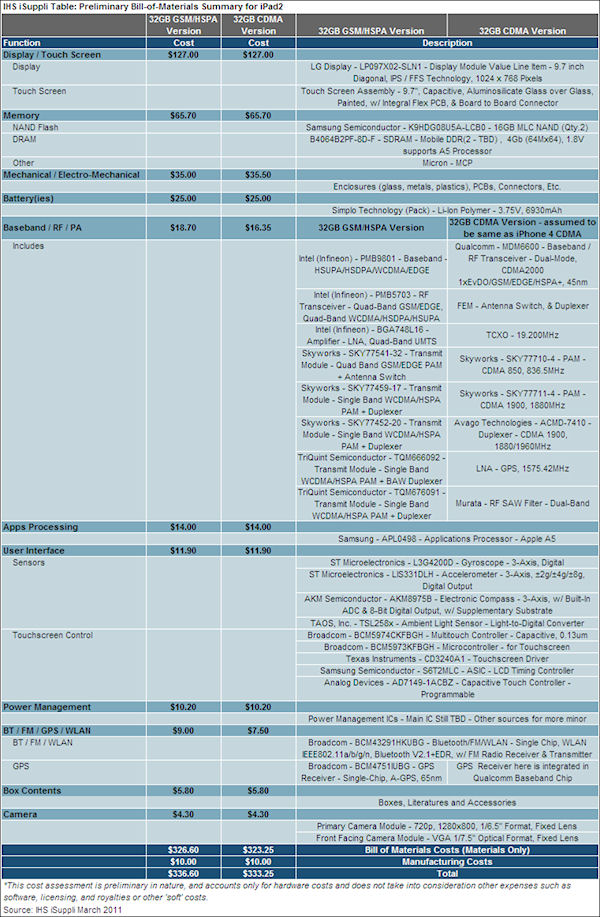Sour Apple
So high are the stakes in the great mobile Internet land-grab that the lawyers have been involved early and in force. There's already a tangled web of legal actions flying around involving most possible combinations of device-maker and platform developer.
Few people would deny the fact that Apple has been the primary innovator in the mobile device game, having defined both the modern smartphone and tablet. But far more debatable is whether, having set the precedent, Apple has the right to prevent other companies following its example.
That seems to be what has prompted Apple's latest legal broadside, this time aimed at Korean electronics giant Samsung. Among the many things Samsung makes are smartphones and tablets, mainly under the Galaxy brand. Apple reckons Samsung's mobile devices look far too much like its own.
"It's no coincidence that Samsung's latest products look a lot like the iPhone and iPad, from the shape of the hardware to the user interface and even the packaging," and Apple spokesperson told mobile-device.biz. "This kind of blatant copying is wrong, and we need to protect Apple's intellectual property when companies steal our ideas."
On one level this seems pretty frivolous. There is presumably an optimal form factor for any device, which is why most notebooks look pretty much the same. Surely Apple can't expect to be the only company allowed to produce products that are essentially a screen with circuitry and a battery inside a flat case.
But this case - announced on Friday at the Northern California District Court - takes on much more gravity when you look at the relationship between the two companies. Samsung makes a lot more than just mobile devices and a big part of its business is making components, many of which find their way into Apple mobile devices.
Market researcher iSuppli does a handy breakdown of the bill of materials of certain prominent devices, and always does one for new Apple gadgets. As you can see from the table below, while Apple has avoided using Samsung for the display in the iPad 2, it does use Samsung for Flash memory, the design and manufacture of the A5 SoC, and some screen controllers.
Samsung also supplies the chip, Flash and memory for the iPhone 4, and the two companies have clearly had a close relationship for some time.
We haven't been able to view the court filing itself yet, but All Things D has, and observes that Apple thinks Samsung has copied the design of its mobile devices, including things like a black border, rounded edges and the array of icons.
Once more this comes over as pretty frivolous, given that you presumably can't patent rounded edges and black plastic. As for the icon thing, that feels like a proxy attack at Android. Having said that, the Samsung Galaxy S does look quite a lot like the iPhone 3G, but then so do countless other smartphones made of black plastic with rounded edges.
Most technology companies could find the grounds to initiate patent legal action against their contemporaries at any time if they chose to, but often these things get resolved before the lawyers get involved via licensing deals and other reciprocal arrangements.
Our feeling is that these things get nasty when there's a broader competitive agenda being pursued, and you have to wonder why the likes of LG, which makes the displays for both the iPhone and iPad but also makes black mobile devices with rounded edges and a wall of square app icons, are currently exempt from Apple's patent outrage.














